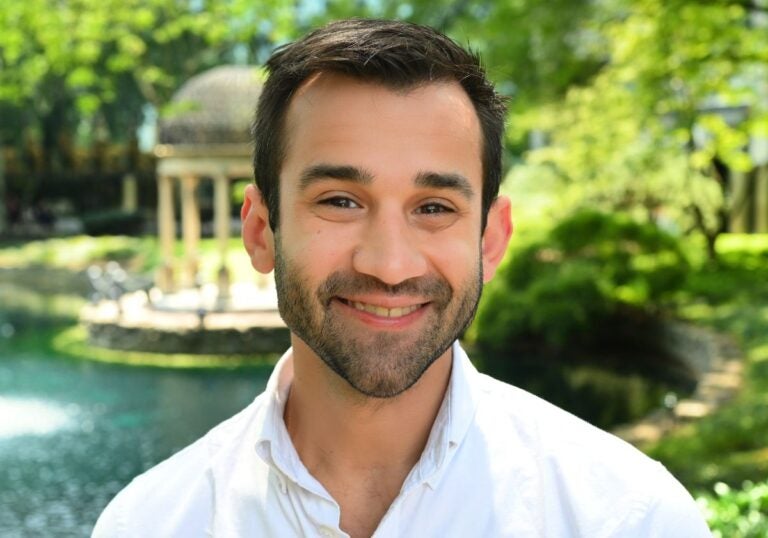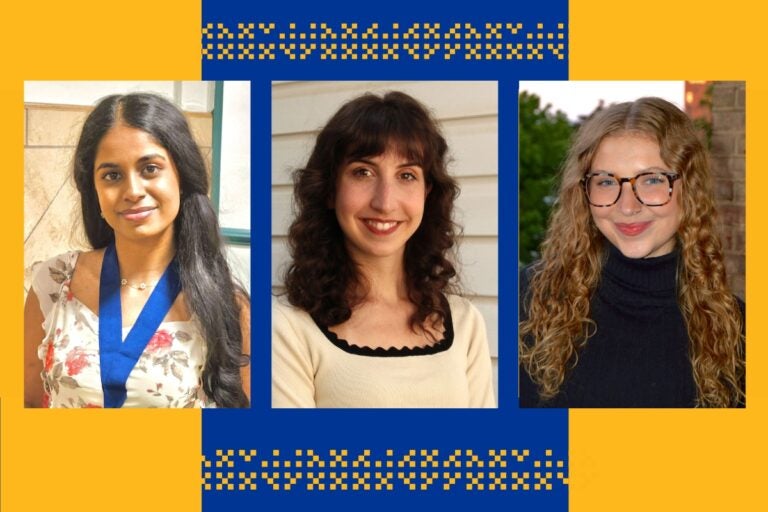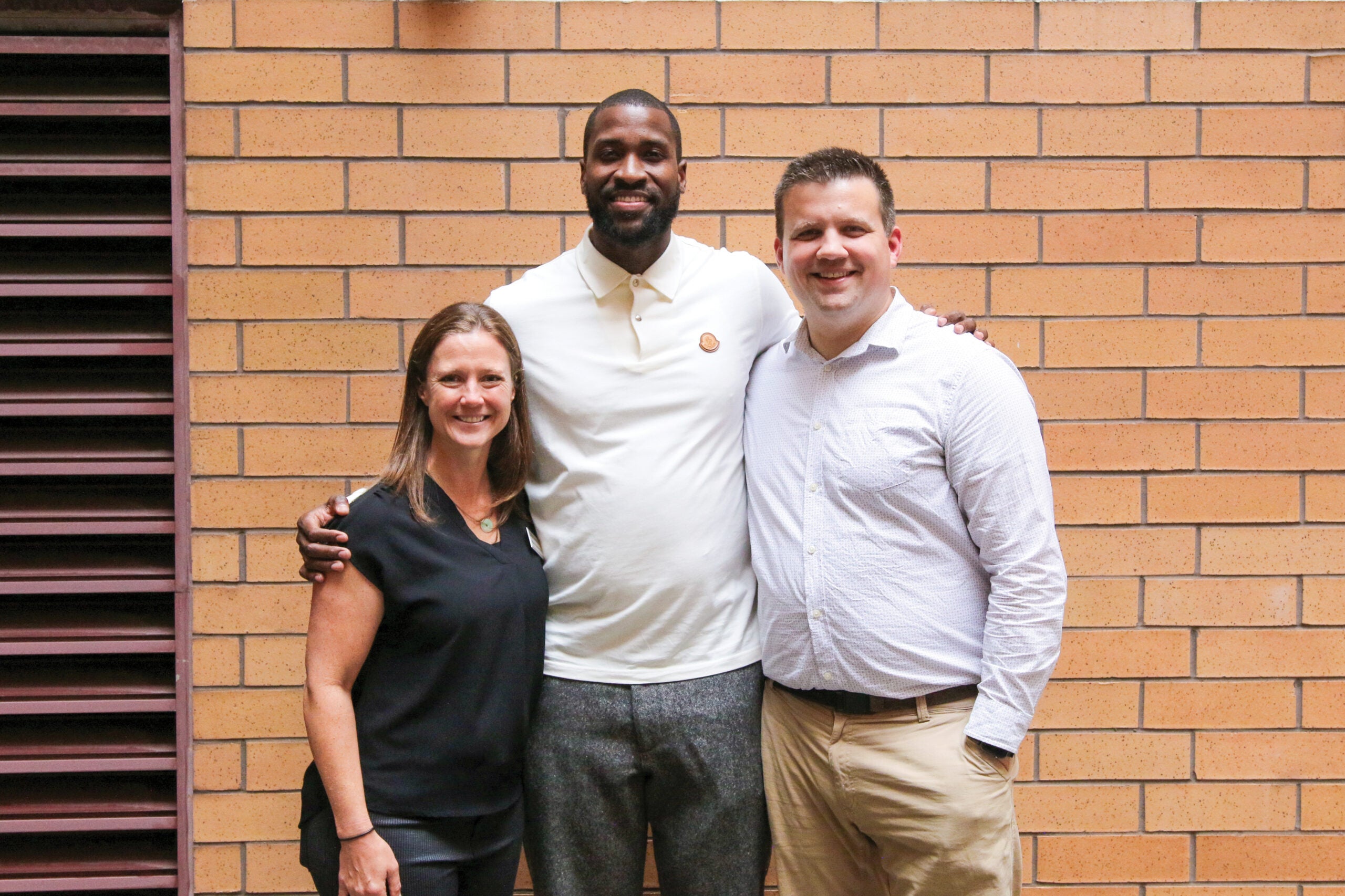
It Takes a Village—and a Giant—to Help Children Who Stutter.
Former NBA basketball star Michael Kidd-Gilchrist stands tall as an advocate for children who stutter.
Read More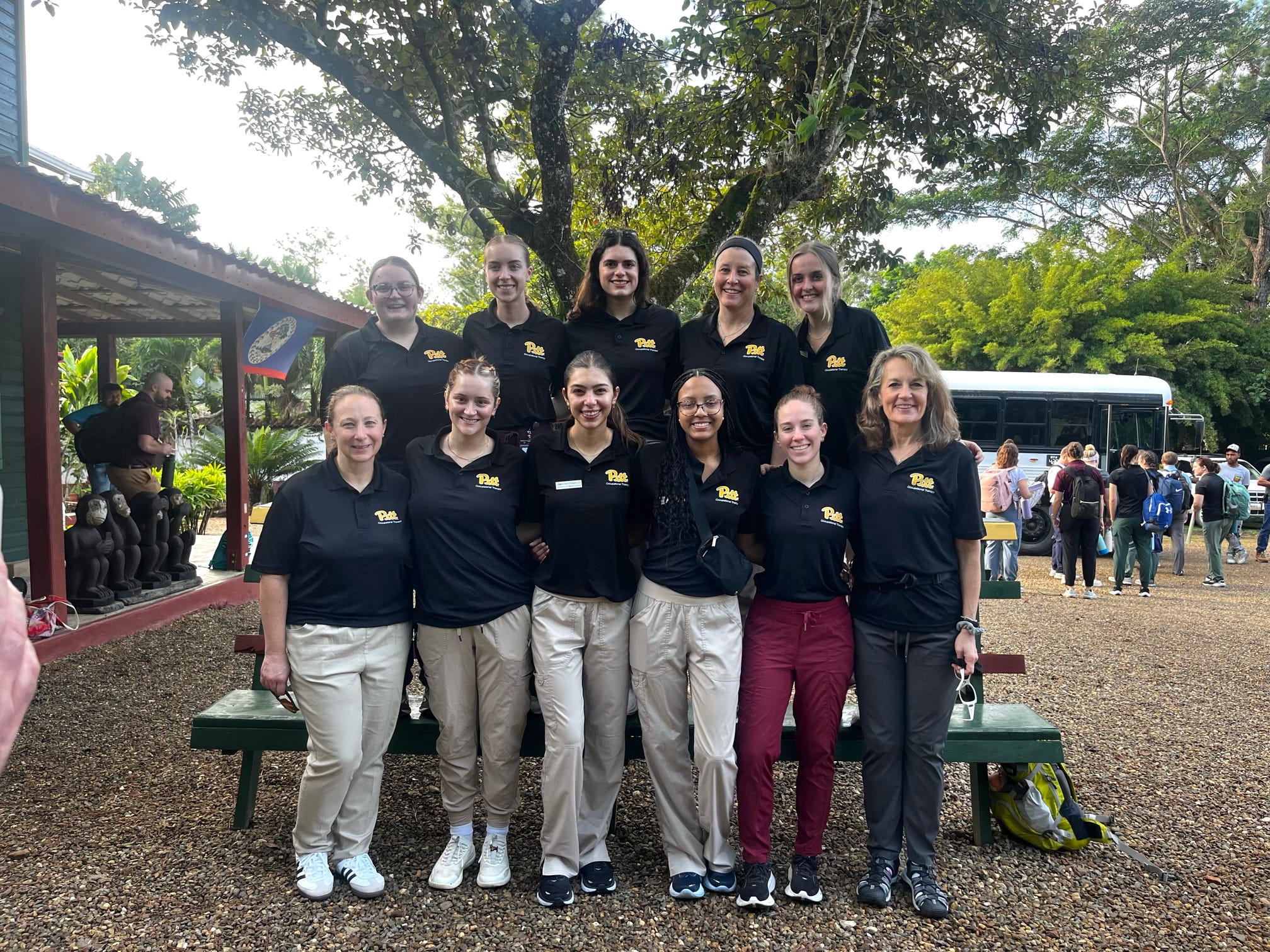
Pitt Doctor of Occupational Therapy Students Spearhead Interprofessional Service-Learning Trip to Belize
Two Pitt Doctor of Occupational Therapy students took the initiative to start an annual service-learning trip to Belize, a country where there are no occupational therapists.
Read More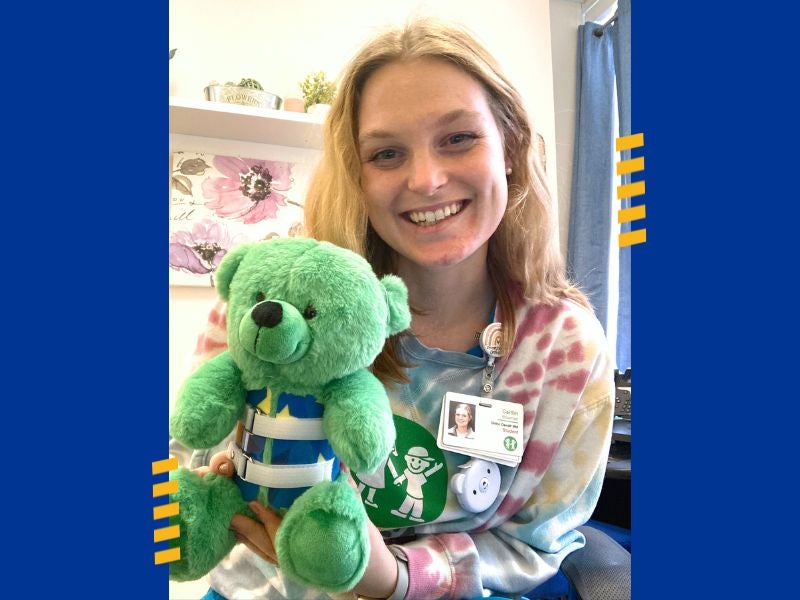
The Prosthetics and Orthotics Internship Experience – Caitlin Bowman
New Pitt P&O alumna, Caitlin Bowman, shares her final clinical internship experience at Children's Healthcare of Atlanta Orthotics and Prosthetics Department where she gained a variety of skills that will carry over into her new two-year residency and future career!
Read More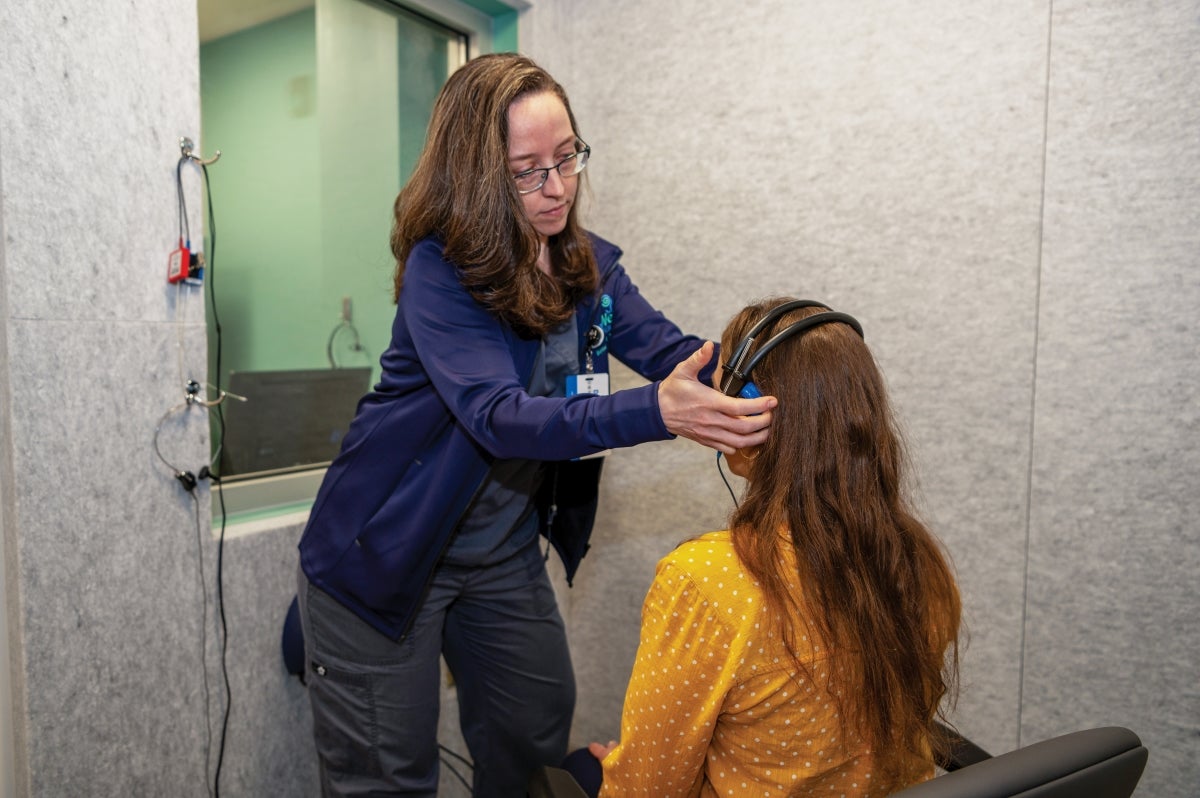
Personal Challenges Lead to Professional Successes for Audiology Alumna
Suzanne Yoder (MA ’02, AuD ’04) has lived with severe hearing loss since childhood. Her personal journey—from using different hearing aids, learning to lip-read, asking people to repeat themselves, searching for coping skills and finally receiving cochlear implants in both ears—has made her a more compassionate audiologist.
Read More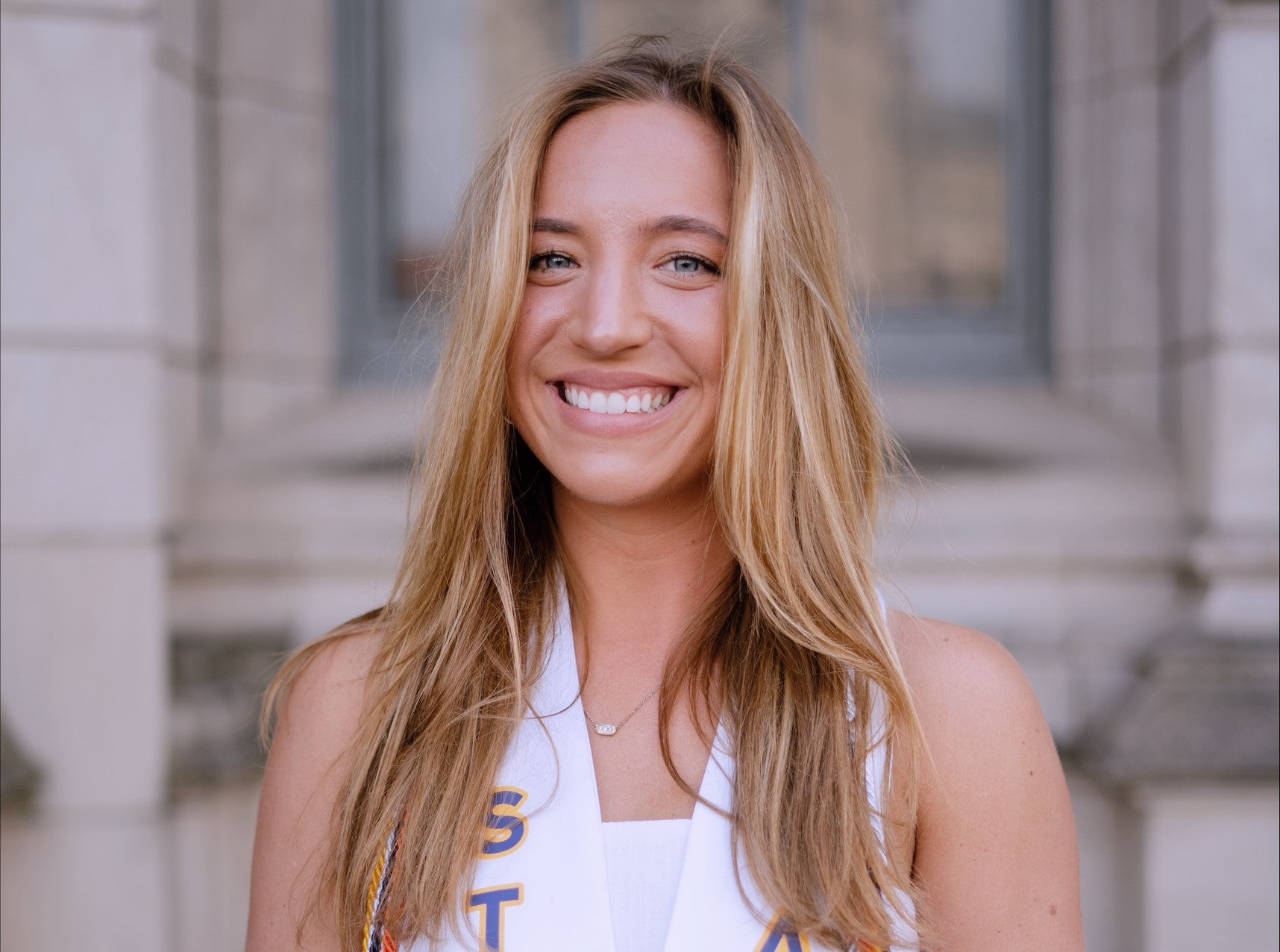
The Pitt Speech-Language Pathology Clinical Education Experience: Meredith Gould
Meredith Gould (SLP ‘25) is beginning her second year as a master’s student in the Speech-Language Pathology (SLP) program. Here she shares how the program customizes the clinical education for each student and how the Pitt experience is preparing her to better care for her patients as a professional.
Read MoreSHRS in the News
-
Walkers who pick up their pace get a big boost in health benefitsJuly 27, 2025 | Washington Post
-
Step inside this innovative Pitt lab that looks a lot like your grandma’s houseJuly 24, 2025 | Pittwire
-
Myth-busting vitamins: Here's what to know about some common claimsJune 16, 2025 | Pittsburgh Post-Gazette
-
Pitt's aphasia support group offers connection for those who struggle to speakJune 7, 2025 | Pittsburgh Post-Gazette
-
The 6 Best Foam Rollers of 2025May 16, 2025 | The New York Times Wirecutter
